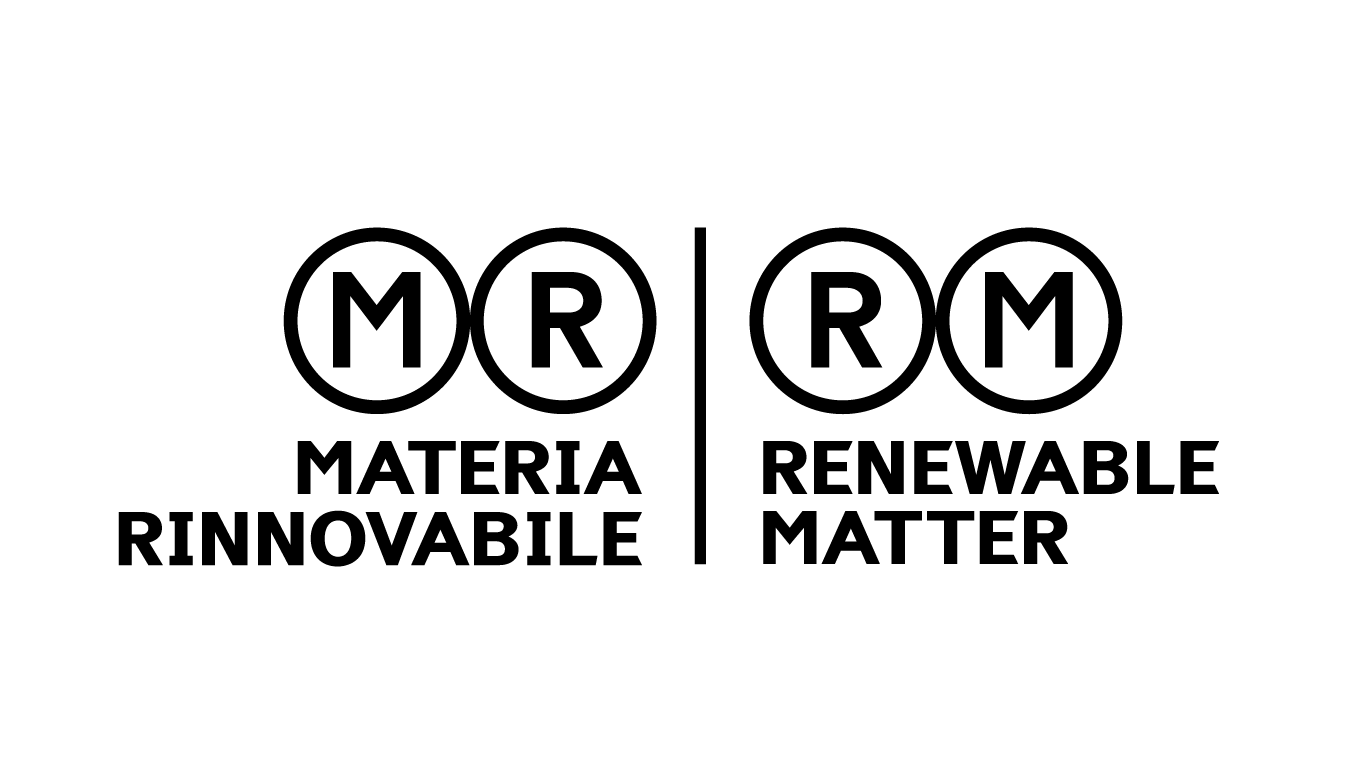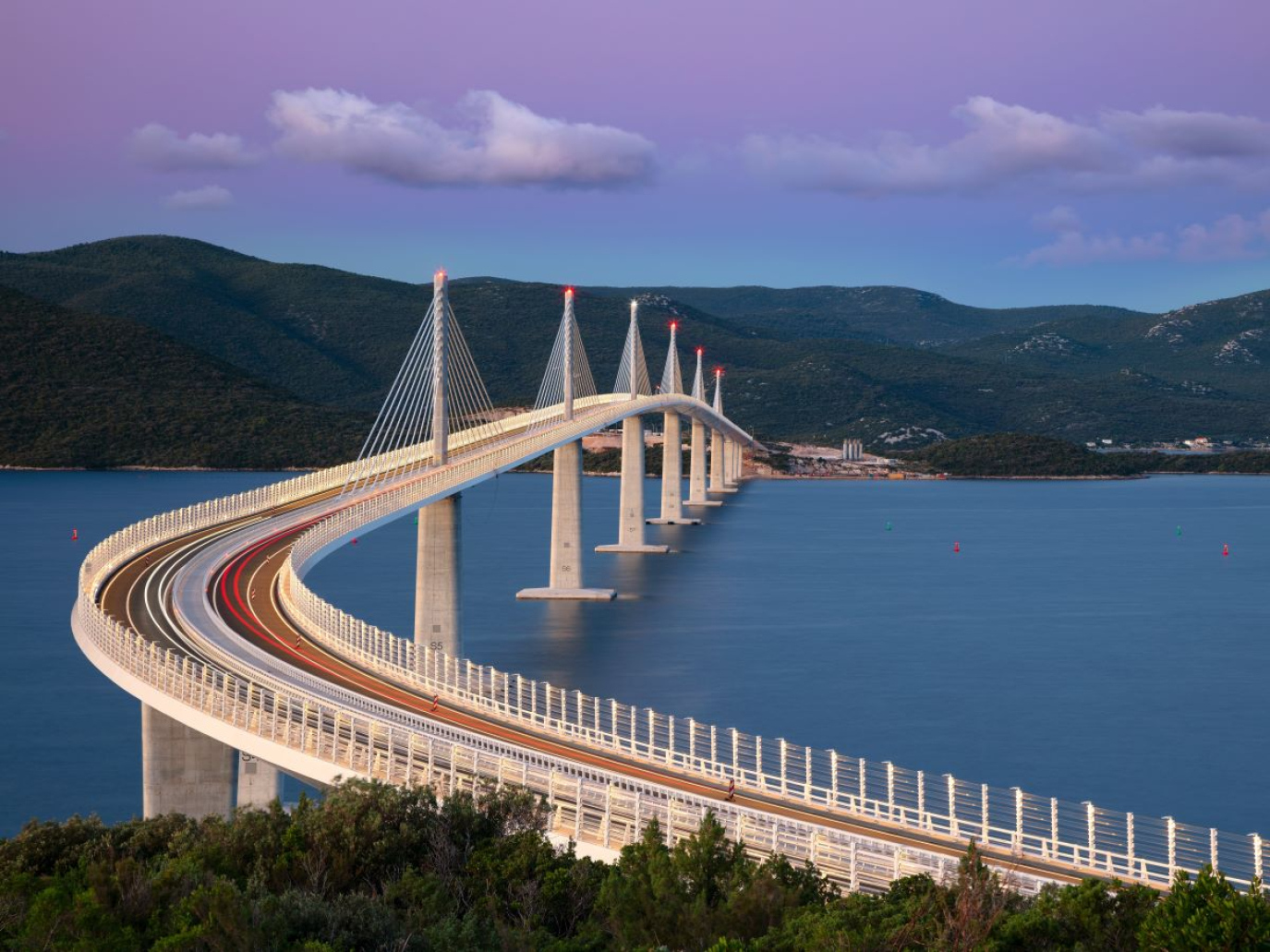
It was back in 2013 that Xi Jinping first announced his vision of an “economic belt along the Silk Road” during a visit to Kazakhstan. What later became known as the Belt and Road Initiative (Yīdài yīlù), and which has come to involve 150 countries around the world, was created primarily to intensify trade and strengthen relations with Central Asian countries.
However, the four pillars that have made the Beat and Road Initiative (BRI) an extraordinary instrument of soft power for China in recent years were already present in embryonic form: commercial expansion, financial cooperation, infrastructure development and – a distinguishing feature compared to other modern-day “empires” – the promise of non-interference in politics.
The embryonic Belt and Road Initiative was lacking a green ethos. But now that “cleantech” and “sustainability” have become the watchwords for China's new image as a responsible power, its offshoots along the Silk Road must, or should, follow suit. Of course, it is not easy to radically change course after years of investment in fossil fuels and mega-projects carried out without much regard for environmental impacts. Yet what declarations cannot achieve, economic convenience and, above all, the overcapacity of China's cleantech industry, now increasingly eager to export the transition, are accomplishing.
And reiterating this on the most important stage of international politics, the UN General Assembly, was Xi Jinping himself, pleading with the world to “ensure free flow of quality green products globally, so that the benefits of green development can reach all corners of the world.”
All roads lead from Beijing
Since the arrival of the Yong Sheng, the first Chinese commercial ship to cross the Arctic Ocean, in Europe in September 2013, after a 34-day voyage from the port of Dalian to Rotterdam, much ground has been covered. Or better said, roads, railways, ports, dams, power stations, factories, gas pipelines, power lines, solar and wind farms, mines…
Over the last twelve years, the Belt and Road Initiative has spread like wildfire, involving virtually the entire Global South and part of Europe: almost all of Asia except India and Japan, all of Latin America except Brazil, Africa, Eastern Europe and 16 EU members (including Greece, Portugal, Poland and, above all, Hungary). There are now 150 countries in total, 146 of which have signed a memorandum of understanding. The only two to opt out were Italy in 2023 (but Prime Minister Meloni flew to Beijing the following year to sign a strategic partnership, just in case…) and Panama in 2025, at the insistence of the Trump administration.
Follow the Money
It is clear that over the years, the puzzle of BRI investments and contracts was not set in stone. While Africa has remained more or less constant, the rest of the world has seen various ups and downs in terms of involvement over time.
We asked Christoph Nedopil Wang, economist and director of the Griffith Asia Institute in Brisbane, as well as one of the world's most authoritative observers of the Belt and Road Initiative (his half-yearly reports are consulted by virtually all think tanks on China), for an up-to-date overview. “In recent years, we have seen growing involvement from the Middle East, while Pakistan, which was one of the early protagonists, is becoming less and less involved", he tells us. "Indonesia's engagement is also growing steadily, including both financial investment and political commitment to China.” Nigeria recorded an interesting exploit in the first half of 2025, ranking first in terms of growth in contracts, due, Nedopil explains, “mainly to the announcement of a 20 billion dolars gas project and a 10 billion dollars hydrogen project.” “But I doubt,” he clarifies, “that the projects will be implemented exactly as announced.”
“More serious, however, is the investment boom in Kazakhstan, which is developing a solid metallurgical sector with China, with a very clear business model.” Finally, another country to keep an eye on is Hungary, acting as a gateway to Europe: “I fear that the EU does not know exactly how to handle the situation,” observes Nedopil, “but I think it is positive that the Chinese are providing Hungary with excellent technologies, particularly in the EV and battery sector, for example with CATL. After all, the BRI is no longer what it was in its early years, focused on roads and railways. Now the focus is on technological engagement.”
What to invest in and how much
To date, the value of contracts and investments in the new Silk Road amounts to 1.308 trillion dollars, of which 775 billion is accounted for by construction contracts and 533 billion by non-financial investments. There was obviously a structural decline at some point, to the extent that, on the tenth anniversary of the BRI, some had already declared its untimely demise. Yet the growth recorded by the Griffith Asia Institute in the first half of 2025 (124 billion dollars, more than the total for 2024) tells a very different story.
“The Belt and Road Initiative reached its peak between 2017 and 2018, with the highest value of state-backed government loans for infrastructure projects abroad,” explains Kate Logan, director of the China Climate Hub at the Asia Society Policy Institute in Washington. Once the bulk of the construction was complete, “there was a general shift, and today we are moving towards what China calls ‘small but beautiful’ (xiǎo ér měi) projects, including renewable energy plants, which are generally much smaller than, for example, a coal-fired power station. This has led to a huge increase in foreign direct investment by Chinese cleantech companies, especially in the battery, solar energy and electric vehicle sectors. These are companies that, driven by fierce competition in the domestic market, used to export their products, but in the last two or three years have started to invest directly in BRI projects.”
Panda or dragon?
The advance of the cleantech sector should not, however, lead to premature celebrations on the sustainability front. While the latest Griffith report records a new record in renewable energy, with projects worth 9.7 billion dollars in wind, solar and waste-to-energy in the first half of the year, it also notes an all-time high of 30 billion dollars in oil and gas contracts.
So is this good news or bad news? “The problem with China is that you never know whether it's a panda or a dragon,” comments Nedopil. “It is certainly positive that there is steady growth in renewables and green technologies in general. But on the fossil fuel side, we must now analyse the data more thoroughly, because it seems that, despite China's commitment in 2021 to stop building new coal-fired power plants abroad, there are actually substantial Chinese investments in this sector.”
Moreover, even the report conducted by Boston University on data up to 2023 and confidently titled No New Coal, had revealed how “between 2022-2023, 8 GW of coal capacity became operational, with an additional 9 GW either planned or under construction.”
“Although there have been no major new projects,” explains Kate Logan, “there have been expansions of power stations in which investments had already been made.” And then there is the issue of captive coal energy, i.e. coal-fired power stations built to power specific industrial activities but not connected to the grid, and therefore difficult to track. “The most paradoxical example is Indonesia,” continues Logan, “where these off-grid coal-fired power plants are used to power nickel mining and processing, in which Chinese companies are investing for the production of batteries for the EV market.”
On the road towards green
Aside from coal, there are multiple environmental and social impacts generated by the massive and rapid advance of the Belt and Road: mines that devastate ecosystems, dams that uproot indigenous populations, factories that pollute. In short, the whole usual corollary of undesirable effects of infrastructure development (not only Chinese).
In the early years of the BRI, Beijing did not pay much attention to this: on one side, in accordance with the established Chinese principle of non-interference in the governance of foreign countries; on the other, because, as Kate Logan observes, “it is not easy to handle projects that are primarily bottom-up, led by individual companies without an overarching strategy.”
However, as of 2020, the Ministry of Environment and Ecology and the Ministry of Commerce have issued a series of guidelines which, although not legally binding, at least provide some direction. It started with a “traffic light” taxonomy draft to differentiate between high environmental risk projects and sustainable ones. Then, the Green Development Guidelines for Overseas Investment and Cooperation were published in 2021, followed by the Guidelines for Ecological Environmental Protection of Foreign Investment Cooperation and Construction Projects in 2022, which call for transparency on environmental impacts and direct involvement of indigenous communities.
“These guidelines are broad in scope but thin on detail,” writes Chen Yu, independent legal advisor at Law & Sustainability, in Dialogue Earth. “They outline principles, not procedures, and lack clear enforcement tools, accountability mechanisms or benchmarks. In practice, this leaves companies largely to self-define compliance.” Furthermore, the incentives are unclear. “The guidelines are not tied to financing access, licensing advantages or reputational benefits that might encourage broader adoption,” Chen continues. As a result, at present, if Chinese companies abroad implement good practices, they are mostly “driven by external market pressures or individual proactive company leadership.”
Although not particularly stringent, the guidelines are nonetheless important. “They offer a policy signal, a shared benchmark and moral authority,” concludes Chen Yu. And, at present, “they represent China's clearest commitment to responsible overseas investment.” A green light that will hopefully point the way forward on the new Silk Road.
DOWLOAD AND READ ISSUE #59 OF RENEWABLE MATTER: INFRASTRUCTURE
Cover: Shuttertock



